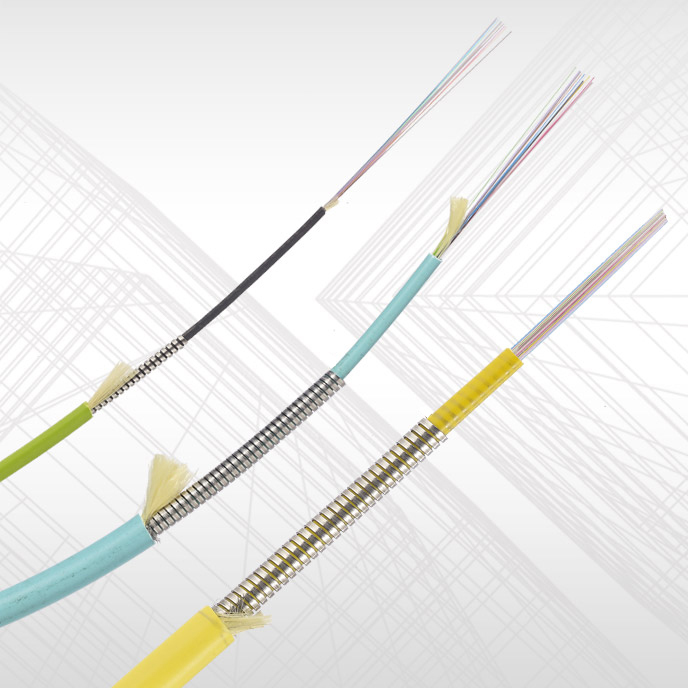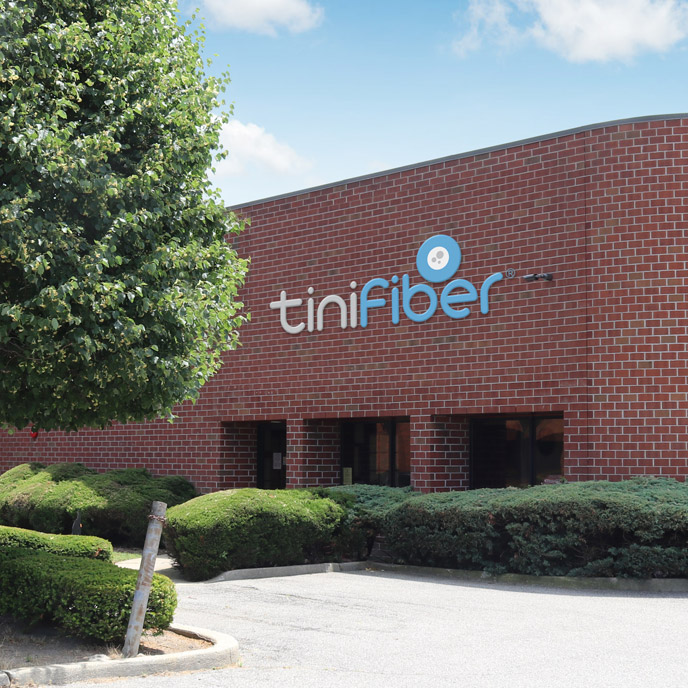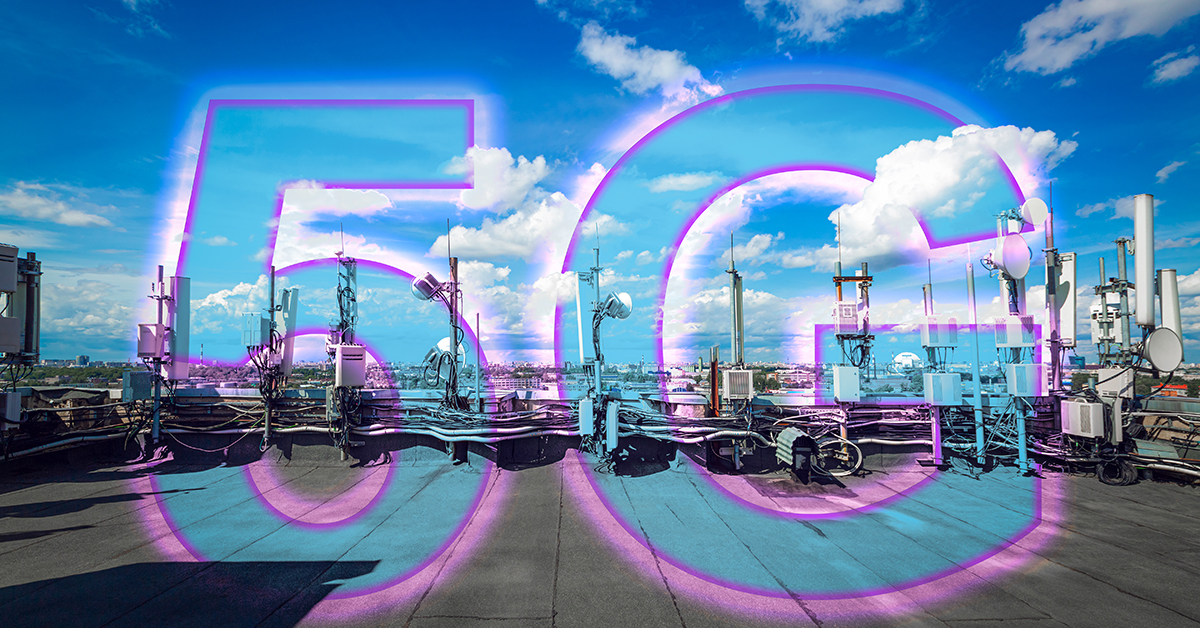Fiber optics and 5G must go hand in hand for us to get to the full benefit of 5G technology. As equipment evolves, so will the precise needs for fiber cable between the cell sites and the end consumer of broadband. What will not change is the hunger for bandwidth in the post COVID world, so fiber optic cables and 5G are here to stay.
Why 5G and Fiber Optic Cables Are Vital Moving Forward
As the US has struggled with adequate broadband coverage during the COVID era, with Zoom meetings, gaming and streaming entertainment clogging up bandwidth and frustrating consumers, it has been natural for everyone to look forward to rolling wireless access forward to 5G New Radio (5G NR) standards – as defined by the industry consortium defined 3rd Generation Partnership Project (3GPP).
The 5G revolution is set to bring us the most reliable and fastest Internet service yet. This requires the most reliable fiber optic cables on the market. For example, consider how data transfer speed requirements alone have changed as we step up wireless access:
| WIRELESS ACCESS AND DATA TRANSFER SPEEDS: | ||
| Era | Type of Access Data | Transfer Speeds |
| 1980’s | Analog Voice | 14.4 kilobits/sec |
| 1990’s | Digital Voice | Below 0.5 megabits/sec |
| 2000’s | Mobile Data | 5-15 megabits/sec |
| 2010’s | Mobile Internet | 100 megabits-1 gigabit/sec |
| 2020’s | 5G | 1-10 gigabits/sec |
If everything goes as planned, 5G will carry us towards a fully connected society, whether it be industrial success, commerce or everyday lives of the citizens. The presence of 5G will be felt everywhere, whether its smart buildings and cities, better healthcare through robotics and early diagnosis or transforming traffic flow through automated cars and traffic/parking systems.
Critical Issues to be Addressed
In order to achieve everything that the 5G revolution envisages, the key areas for improvement are:
- Push for lower latency
- Continue to push for higher data transfer rates
- Aim for reliability at the highest level
- Lengthen battery life, and
- Get more devices connected as we move to the IoE
With these areas covered, edge computing can continue to push the possibility frontier to its logical extreme.
Some Limitations with 5G … and the Solution
Reviewing the data transfer speeds in the Wireless Access table above, it is important to remember that the download speeds outlined there, comparable to cable internet, correspond to high-band millimeter waves of 24-47 GHz, perhaps as high as 54 GHz.
5G can also be implemented in the low- (600-900 megabits/sec, slightly better than 4G with download speeds with 30-250 megabits/sec) and mid-band (2.3-4.7 GHz with download speeds with 100-900 megabits/sec). In many cases, US regions have gone for mid-band, with each cell tower providing several miles of coverage area.
In order to get to the high-band millimeter waves, which have a more limited range, many more small cells are required in order to achieve its goals. This has a few implications:
- The cost of high-band 5G is much higher than the mid-band options.
- The current thought is that high-band 5G would be deployed mainly in high density urban areas and spots which experience large crowds such as convention centers and sports stadia.
- A key issue to date is that 5G has demonstrated limited ability to penetrate solid surfaces, be they walls, double-glazed glass or even foliage. This creates problems especially in densely populated urban areas.
The requirements for high-band 5G are similar to the last mile problem that created the hunger for fiber-optic cable that arose over the past two decades with broadband expansion.
Having a Fiber Optic Network is Key for 5G to Revolutionize Broadband
As the discussion above highlights, the only way to achieve the critical success factors (especially lower latency, high download speeds and ultra-high reliability) is to support every cell site and tower with a fiber-optic connection to build a high-resilience broadband network.
The fact of the matter is that it’s not a matter of 5G or fiber optics, the path to success lies in planting enough fiber optic cable in the ground to support the technology advancements of 5G.
How Fiber Optic Cable May be Deployed
The range of a 4G macro cell covers approximately 10 miles. For comparison, planners have suggested that good 5G coverage requires up to 60 cells in a one square mile area!
For this level of densification, optical fiber is the preferred choice to connect the dense mesh of 5G small cells. Fiber is important at the back end as well – even an existing wireless backhaul needs to connect into a fiber based backhaul.
Fiber networks are of small size, increase speeds with lower attenuation, are immune from electromagnetic interference and, finally, can do 5G justice by supporting an almost unlimited amount of bandwidth.
How Much Fiber Optic Cable is Needed?
The 5G and connection technology deployed will determine how much fiber is required to create an optimal broadband network with low latency and high reliability. There are a few possibilities:
- Using the base case of 60 small cells per square mile, as much as 8 miles of cable could be required.
- With the Common Public Radio Interface (CPRI) protocol, though, uses radio heads on macro towers. CPRI requires one dedicated fiber for transmitting data, and a corresponding one for receiving. If 24 to 36 fibers are installed at a cell site, operators can easily support growing capacity from there.
- Operators can also use wave division multiplexed (WDM) systems to lower fiber count.
Regardless of whether point-to-point networks are employed, or WDM protocols are adopted, fiber optic cables will remain in high demand for a long, long time.
Experience the difference TiniFiber’s patented technology can make for your project. Complete the below form to start the conversation with an experienced TiniFiber representative.













